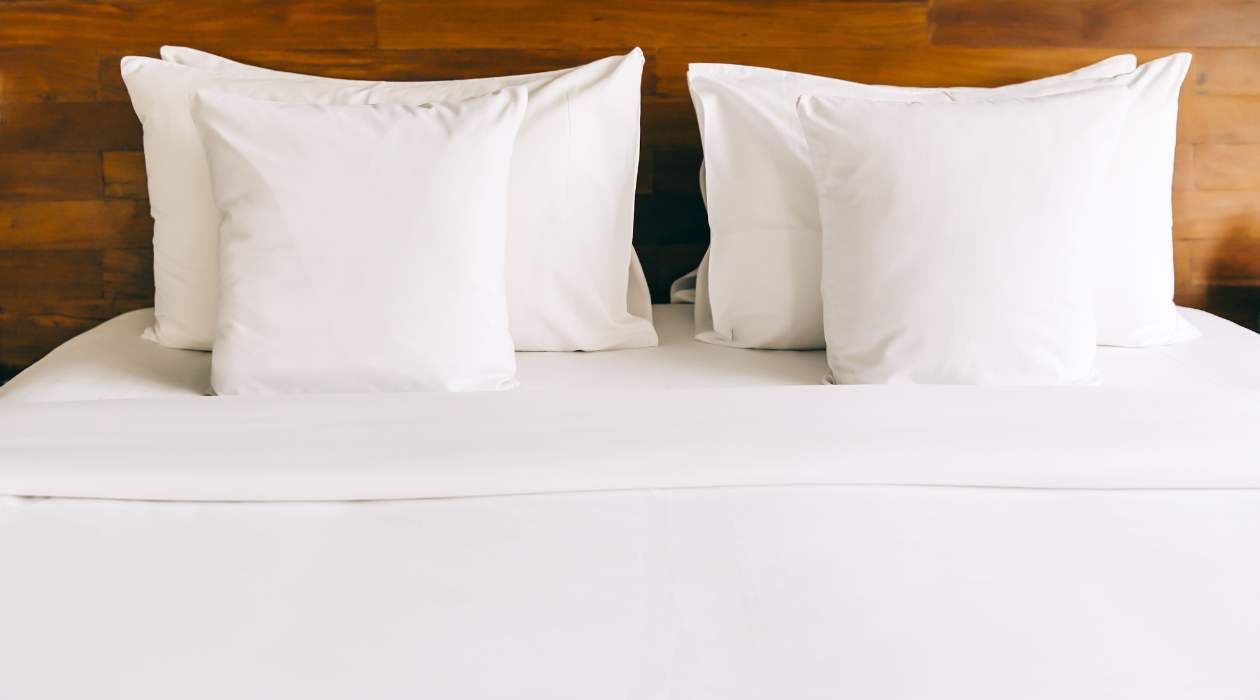

Articles
How To Refresh Pillows
Modified: August 23, 2024
Learn how to refresh pillows with our informative articles. Discover easy tips and tricks to make your pillows feel like new.
(Many of the links in this article redirect to a specific reviewed product. Your purchase of these products through affiliate links helps to generate commission for Storables.com, at no extra cost. Learn more)
Introduction
Pillows are an essential part of our daily lives, providing us with comfort and support while we sleep. Over time, however, pillows can become flat, lumpy, and lose their original shape. This not only affects their overall appearance but also their functionality. To ensure a restful night’s sleep and prolong the lifespan of your pillows, it is important to regularly refresh them.
Refreshed pillows not only look and feel better but also provide better neck and head support. They can also help alleviate allergies and prevent the buildup of dust mites and other allergens. While it may seem like a daunting task, refreshing your pillows is a simple and straightforward process that can be done at home with minimal effort.
In this article, we will discuss why you should refresh your pillows, how often you should do it, and provide easy-to-follow steps on how to refresh pillows effectively.
Key Takeaways:
- Regularly refreshing your pillows is essential for improved sleep quality, prolonged lifespan, and enhanced hygiene. Follow simple steps to wash, dry, and fluff your pillows for a cleaner and healthier sleep environment.
- Utilize pillow protectors and regularly wash pillowcases to maintain cleanliness and extend the lifespan of your pillows. By incorporating these practices, you can enjoy a fresh, inviting, and comfortable sleep experience.
Read more: How To Refresh Your Wardrobe
Why should you refresh your pillows?
There are several reasons why you should regularly refresh your pillows:
- Improved Sleep Quality: Over time, pillows can collect dust, dirt, sweat, and dead skin cells, resulting in an unpleasant odor and reducing their efficacy in providing a comfortable sleep surface. By refreshing your pillows, you can eliminate these odor-causing elements and create a healthier sleeping environment for a restful night’s sleep.
- Preserving Pillow Shape and Support: As we use our pillows night after night, their fillings can become compressed, leading to a flat and lumpy appearance. By refreshing your pillows, you can restore their original shape and fluffiness, ensuring proper support for your neck and head, which is essential for maintaining good spinal alignment and reducing the risk of waking up with neck pain or stiffness.
- Allergy Relief: Pillows can harbor allergens such as dust mites, pet dander, and pollen, which can trigger allergies or worsen existing respiratory conditions. Regularly refreshing your pillows helps to remove these allergens, providing relief for allergy sufferers and promoting cleaner air quality in your bedroom.
- Prolonged Pillow Lifespan: By taking the time to refresh your pillows, you can extend their lifespan and get more value for your money. Proper care can help prevent premature wear and tear, reducing the need for frequent replacements.
- Enhanced Hygiene: Pillows come into contact with our face and hair every night, making them susceptible to oil, sweat, and bacteria buildup. By refreshing your pillows, you can maintain better hygiene standards and prevent the accumulation of these substances, helping to keep your skin clear and reducing the risk of acne breakouts.
Overall, refreshing your pillows is an important part of maintaining a clean, comfortable, and healthy sleep environment. By regularly following the recommended steps, you can enjoy a more rejuvenating sleep experience and make the most out of your pillows.
How often should you refresh your pillows?
The frequency at which you should refresh your pillows depends on various factors, such as the type of pillow, your sleeping habits, and personal preference. However, as a general guideline, it is recommended to refresh your pillows every 6 to 12 months.
If you suffer from allergies or respiratory conditions, it’s best to refresh your pillows more frequently, every 3 to 6 months, to minimize the buildup of allergens. For individuals with oily skin or those who sweat excessively during sleep, refreshing pillows every 3 to 6 months is also beneficial to maintain good hygiene.
Additionally, it’s a good idea to give your pillows a quick refresh every 1-2 weeks by fluffing and rotating them to distribute the filling evenly and prevent excessive wear and tear on one side.
However, it’s important to note that these recommendations are not set in stone. It’s essential to assess the condition of your pillows regularly and use your judgment to determine if they need refreshing sooner. If your pillows have become noticeably flat, lumpy, or have an unpleasant smell before the recommended timeframe, it may be time to give them a refresh.
Remember, regular maintenance and refreshing of your pillows not only improves their durability and comfort but also contributes to a cleaner and healthier sleep environment. By following the steps outlined in this article, you can ensure that your pillows stay fresh and inviting, providing you with a restful sleep night after night.
Step 1: Check the care instructions
Before you begin the process of refreshing your pillows, it is important to check the care instructions provided by the manufacturer. Different types of pillows require different cleaning methods, and it’s crucial to follow the specific guidelines to avoid damaging them.
If your pillows have a removable cover, start by removing it and checking its care instructions separately. Some covers may be machine washable, while others may require hand washing or dry cleaning. Follow the recommended cleaning method for the cover accordingly.
For the pillow itself, there are typically three types of care instructions:
- Machine Washable: If your pillows are machine washable, you can proceed to the next step and wash them in a washing machine. Make sure to use a gentle cycle and mild detergent to protect the pillow’s fillings.
- Hand Washable: If your pillows are labeled as hand washable, you will need to fill a basin or sink with warm water and mild detergent. Gently agitate the pillow in the soapy water, paying attention to any stained or soiled areas. Rinse the pillow thoroughly to remove any soap residue.
- Dry Clean Only: If your pillows are labeled as “dry clean only,” it is recommended to take them to a professional cleaner. Dry cleaning ensures that your pillows are thoroughly cleaned without risking damage to the fillings or fabric.
It’s important to note that some types of pillows, such as memory foam or latex pillows, may have specific care instructions that differ from traditional pillow materials. Always refer to the manufacturer’s guidelines or consult with a professional if you are unsure about how to care for these types of pillows.
By taking the time to check the care instructions, you can ensure that you are using the appropriate cleaning method for your pillows, prolonging their lifespan and maintaining their integrity. Once you have determined the suitable cleaning method, you can proceed to the next step in the process of refreshing your pillows.
Step 2: Machine washable pillows
If your pillows are machine washable, follow these steps to refresh them:
- Check for any damage: Before washing your pillows, inspect them for any tears, rips, or loose seams. If you notice any damage, it is best to repair or replace the pillow instead of washing it.
- Pre-treat stains (if needed): If there are any visible stains on your pillows, pre-treat them before washing. You can use a gentle stain remover or a mixture of baking soda and water to create a paste and apply it to the stained areas. Let it sit for a few minutes before proceeding to the next step.
- Load the washing machine: Place two pillows (or one, if it’s a large pillow) in the washing machine to ensure proper agitation and cleaning. It is recommended to wash pillows in pairs to maintain balance in the machine.
- Use a mild detergent: Add a small amount of mild liquid detergent to the washing machine. Avoid using bleach or harsh chemicals, as they can damage the pillow’s fillings or fabric.
- Choose the appropriate wash cycle: Select a gentle or delicate cycle with a cold or warm water setting. Avoid using hot water, as it can cause the pillow’s fillings to clump or become damaged.
- Extra rinse: Opt for an extra rinse cycle to ensure that all detergent residue is removed from the pillows.
- Drying the pillows: Once the wash cycle is complete, remove the pillows from the washing machine. Gently squeeze out any excess water, taking care not to wring or twist the pillows too forcefully.
- Air-drying: To dry the pillows, lay them flat on a clean towel or a drying rack in a well-ventilated area. Rotate and fluff the pillows occasionally to speed up the drying process and prevent any musty odors. It may take a few hours or even a whole day for the pillows to dry completely, depending on the pillow’s size and thickness.
- Fluff the pillows: Once the pillows are fully dry, give them a good shake and fluff to restore their shape and loft. You can also gently punch and knead the pillows to break up any clumps in the fillings.
- Check for dampness: Before placing the pillows back on your bed, make sure they are completely dry. If you detect any dampness or lingering moisture, allow them to air dry for a little longer.
Following these steps will help ensure that your machine washable pillows are thoroughly cleaned and refreshed. Remember, always refer to the care label and manufacturer’s instructions to ensure proper cleaning and maintenance for your specific pillows.
Read more: How To Refresh Sofa Cushions
Step 3: Hand-washable pillows
If your pillows are labeled as hand washable, follow these steps to refresh them:
- Fill a basin or sink: Fill a basin or sink with warm water. Make sure the water is not too hot, as it can damage the pillow’s fillings.
- Add mild detergent: Add a small amount of mild liquid detergent to the water. Mix it gently to create a soapy solution.
- Immerse the pillow: Submerge the pillow in the soapy water, pressing it down gently to ensure it is fully soaked. Allow the pillow to soak for a few minutes to loosen any dirt and grime.
- Hand wash: Using your hands, gently agitate and knead the pillow in the soapy water. Pay special attention to any stained or soiled areas. Continue to gently squeeze and knead the pillow for a few minutes.
- Rinse thoroughly: Drain the soapy water and refill the basin or sink with clean water. Rinse the pillow thoroughly until no soap residue remains. Squeeze out excess water gently from the pillow.
- Press to remove water: Place the pillow between two towels and press down to remove excess water. Avoid wringing or twisting the pillow, as it can damage the fillings.
- Air-drying: Lay the pillow flat on a clean towel or drying rack in a well-ventilated area. Rotate and fluff the pillow occasionally to promote faster drying and prevent any musty odors. It may take several hours or even a day for the pillow to dry completely, depending on its size and thickness.
- Fluff the pillow: Once the pillow is fully dry, give it a good shake and fluff to restore its shape and loft. You can also gently punch and knead the pillow to break up any clumps in the fillings.
- Check for dampness: Before placing the pillow back on your bed, make sure it is completely dry. If you detect any dampness or lingering moisture, allow it to air dry for a little longer.
Following these steps will ensure that your hand-washable pillows are cleaned and refreshed effectively. Always refer to the care label and manufacturer’s instructions for specific details on cleaning and maintenance.
To refresh pillows, place them in the dryer with a couple of tennis balls to fluff them up. Add a dryer sheet for a fresh scent.
Step 4: Air-dry your pillows
Air-drying your pillows is an important step to ensure they are thoroughly dried and ready for use. Follow these steps to air-dry your pillows:
- Remove excess water: After washing or rinsing your pillows, gently squeeze out the excess water. Avoid wringing or twisting the pillows, as it can damage the fillings and alter their shape.
- Lay the pillows flat: Lay your pillows flat on a clean towel or drying rack. Make sure they are spread out evenly and not overlapping. This allows for better airflow and promotes faster drying.
- Rotate and fluff: Periodically rotate and fluff the pillows during the drying process. This helps to prevent clumping and ensures that all sides of the pillows are exposed to air and drying evenly.
- Choose a well-ventilated area: Place your pillows in a well-ventilated area of your home. Avoid direct sunlight, as it can fade or yellow the pillow’s fabric. Make sure there is adequate airflow to prevent any musty odors from developing.
- Patience is key: Depending on the size and thickness of your pillows, air-drying can take several hours or even a day. It’s important to be patient and allow enough time for the pillows to dry completely before using them again.
- Check for dampness: Before placing the pillows back on your bed or using them, make sure they are completely dry. Feel for any dampness or moisture on the pillows. If they are not fully dry, continue air-drying them until no moisture remains.
Air-drying your pillows helps to maintain their shape, fluffiness, and hygiene. By following these steps, you can ensure that your pillows are dried thoroughly and ready for a good night’s sleep.
Step 5: Fluffing your pillows
Fluffing your pillows is an essential step to restore their shape, loft, and overall comfort. Follow these steps to effectively fluff your pillows:
- Grab the corners: Hold the pillow at opposite corners, one in each hand. This technique allows you to manipulate the pillow easily and redistribute the fillings.
- Give it a good shake: Shake the pillow vigorously, using your hands, to loosen up the fillings and improve its overall fluffiness. This helps to separate any clumps that may have formed during the washing and drying process.
- Knead and punch: Knead and punch the pillow gently to break up any remaining clumps and evenly distribute the fillings. Use your hands to gently squeeze and manipulate the pillow, making sure to work on all areas, including the corners and edges.
- Fluffing from the center: Starting from the center of the pillow, fluff the fillings towards the edges. This helps to create a more even distribution of the fillings and maintain a well-supported shape.
- Repeat the process: Continue to shake, knead, punch, and fluff the pillow until you are satisfied with its shape and loft. You may need to repeat the process a few times, especially if the pillow has dense or compact fillings.
- Regularly fluff your pillows: It’s a good practice to fluff your pillows regularly, especially before placing them back on your bed or using them. This helps to maintain their shape, support, and overall comfort for a better night’s sleep.
By following these steps, you can effectively fluff your pillows and restore their original shape and loft. Fluffing not only enhances the appearance of the pillows but also helps to maintain their functionality and provide optimal support for your head and neck.
Step 6: Using pillow protectors
Using pillow protectors is a great way to keep your pillows clean, fresh, and free from allergens. Follow these steps to effectively use pillow protectors:
- Select the right pillow protector: Choose a pillow protector that is suitable for your pillow size and type. There are various options available, including cotton, polyester, or waterproof protectors. Consider your specific needs and preferences when making a selection.
- Remove the pillowcase: Before placing the pillow protector, remove the pillowcase from your pillow.
- Slide on the pillow protector: Slide the pillow protector over your pillow, making sure it covers the entire pillow surface. Smooth out any wrinkles or folds to ensure a snug fit.
- Secure the pillow protector: Some pillow protectors come with zippered closures or envelope-style openings. If your protector has a zipper, carefully zip it closed. If it has an envelope-style opening, tuck the end of the protector inside to secure it in place.
- Replace the pillowcase: After the pillow protector is in place, put your regular pillowcase back on over the protector. This extra layer adds another barrier of protection and helps keep the pillow looking clean and presentable.
- Regularly wash the pillow protectors: It’s important to regularly wash the pillow protectors to maintain their cleanliness and effectiveness. Check the care instructions provided with the protector and follow them accordingly. Most pillow protectors can be machine washed and dried, but it’s always best to refer to the specific guidelines.
- Replace pillow protectors when necessary: Over time, pillow protectors can wear out or become damaged. If you notice any signs of wear and tear, it’s important to replace them to ensure continued protection for your pillows.
- Enjoy clean and fresh pillows: By using pillow protectors, you can help keep your pillows clean, free from allergens, and in good condition for longer.
By following these steps, you can effectively use pillow protectors to safeguard your pillows and prolong their lifespan. Pillow protectors are an excellent investment in maintaining a clean and healthy sleep environment.
Read more: How To Refresh Old Brick
Step 7: Regularly washing pillowcases
Regularly washing your pillowcases is essential for maintaining clean and hygienic pillows. Follow these steps to effectively wash your pillowcases:
- Check the care label: Check the care label on your pillowcases for specific washing instructions. This includes recommended water temperature, detergent type, and any special care considerations.
- Separate pillowcases: Separate your pillowcases from other laundry items to avoid tangling and protect them from potential damage during the washing process.
- Pre-treat stains (if needed): If you notice any stains or discoloration on the pillowcases, pre-treat them before washing. Apply a small amount of stain remover or laundry detergent directly to the stained area, gently rub it in, and let it sit for a few minutes.
- Wash in warm water: Place the pillowcases in the washing machine and select a gentle or delicate cycle with a warm water setting. Warm water helps to break down oils and remove dirt and sweat more effectively.
- Use a mild detergent: Use a mild liquid detergent specifically formulated for delicate fabrics. Avoid using bleach or harsh chemicals, as they can deteriorate the fabric over time.
- Don’t overload the washing machine: Avoid overloading the washing machine to ensure that the pillowcases have enough space to move freely and get thoroughly cleaned.
- Extra rinse: Opt for an extra rinse cycle to ensure that all detergent residue is removed from the pillowcases.
- Drying the pillowcases: After washing, remove the pillowcases from the machine and gently shake them to remove any wrinkles. Depending on the care instructions, you can air-dry them or tumble dry on a low heat setting. If you choose to tumble dry, consider using dryer balls or a low heat setting to prevent excessive heat and potential damage to the fabric.
- Iron if necessary: If desired, iron the pillowcases on a low heat setting to remove any remaining wrinkles and create a polished, crisp appearance.
- Replace on pillows: Once the pillowcases are completely dry and wrinkle-free, replace them on your pillows. Fluff and arrange the pillows to your liking.
By following these steps, you can ensure that your pillowcases are thoroughly cleaned and maintained. Regularly washing your pillowcases not only enhances the cleanliness and freshness of your pillows but also contributes to a clean and inviting bed.
Conclusion
Refreshing your pillows is a simple yet crucial task that can greatly improve your sleep quality, hygiene, and overall comfort. By following the steps outlined in this article, you can effectively refresh your pillows, extend their lifespan, and enjoy a cleaner and healthier sleep environment.
Regularly refreshing your pillows offers numerous benefits. It helps to eliminate odors, remove allergens, preserve pillow shape and support, and promote better sleep quality. By washing, drying, and fluffing your pillows, you can restore their original loft and ensure optimal comfort and support for your head and neck.
In addition to refreshing your pillows, using pillow protectors and regularly washing your pillowcases are excellent practices to maintain cleanliness and hygiene. Pillow protectors act as an extra barrier against allergens and dirt, while washing pillowcases removes oils, sweat, and other residues that can accumulate over time.
Remember to check the care instructions provided by the manufacturer for your specific pillow type and always follow the recommended cleaning methods. This will help to prevent any damage to your pillows and ensure they are properly cared for.
By incorporating these steps into your cleaning routine and refreshing your pillows on a regular basis, you can enhance the longevity, freshness, and overall comfort of your pillows for a restful and rejuvenating sleep experience.
Frequently Asked Questions about How To Refresh Pillows
Was this page helpful?
At Storables.com, we guarantee accurate and reliable information. Our content, validated by Expert Board Contributors, is crafted following stringent Editorial Policies. We're committed to providing you with well-researched, expert-backed insights for all your informational needs.

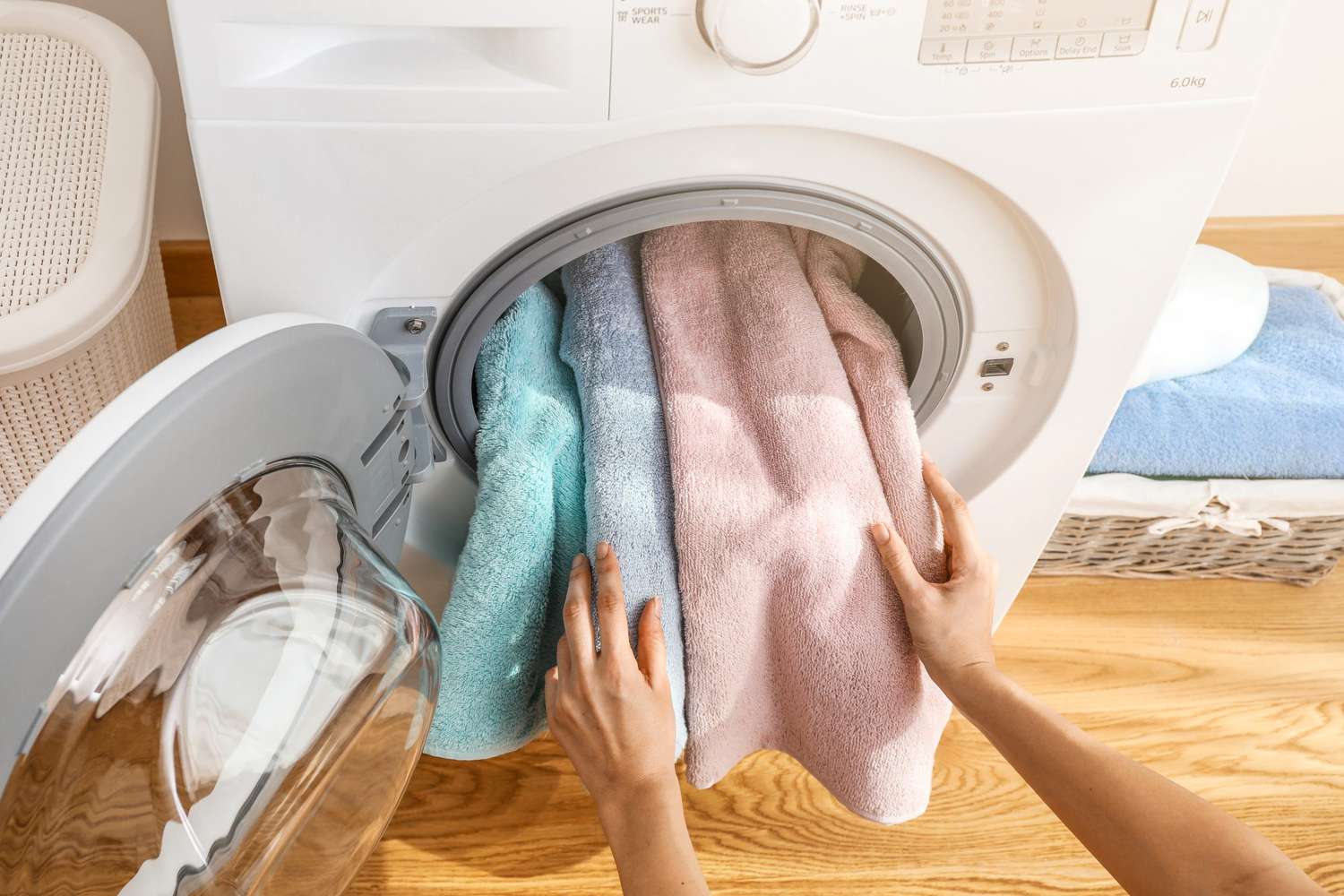
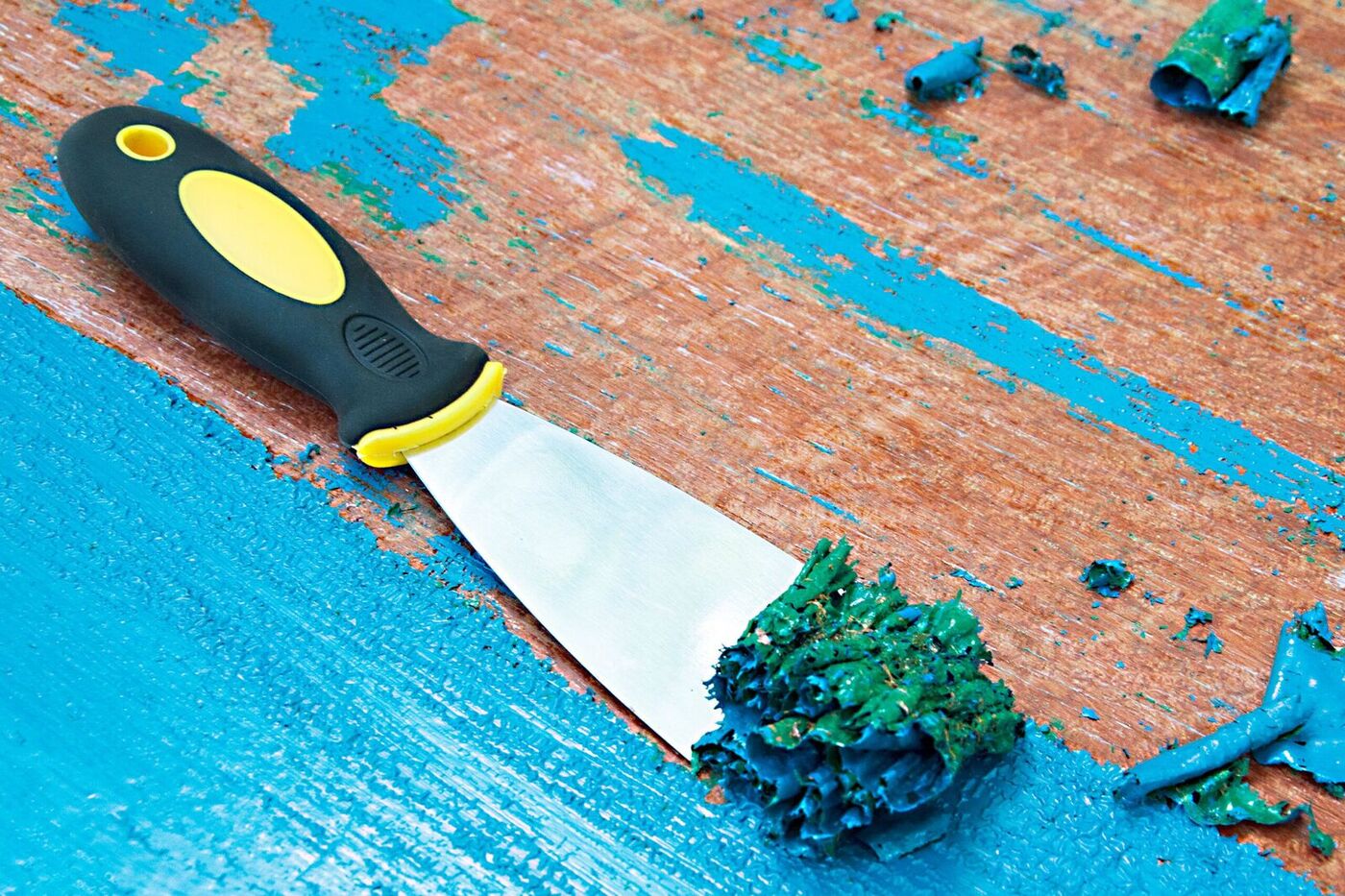
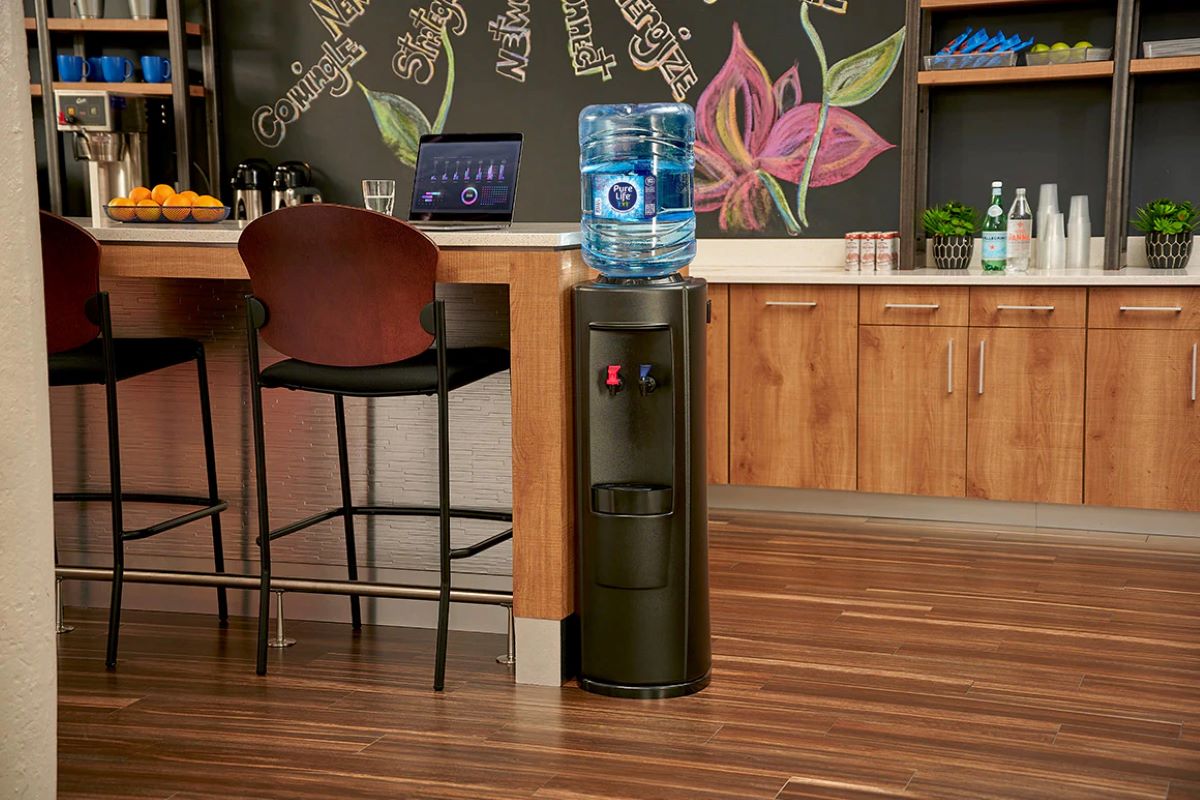
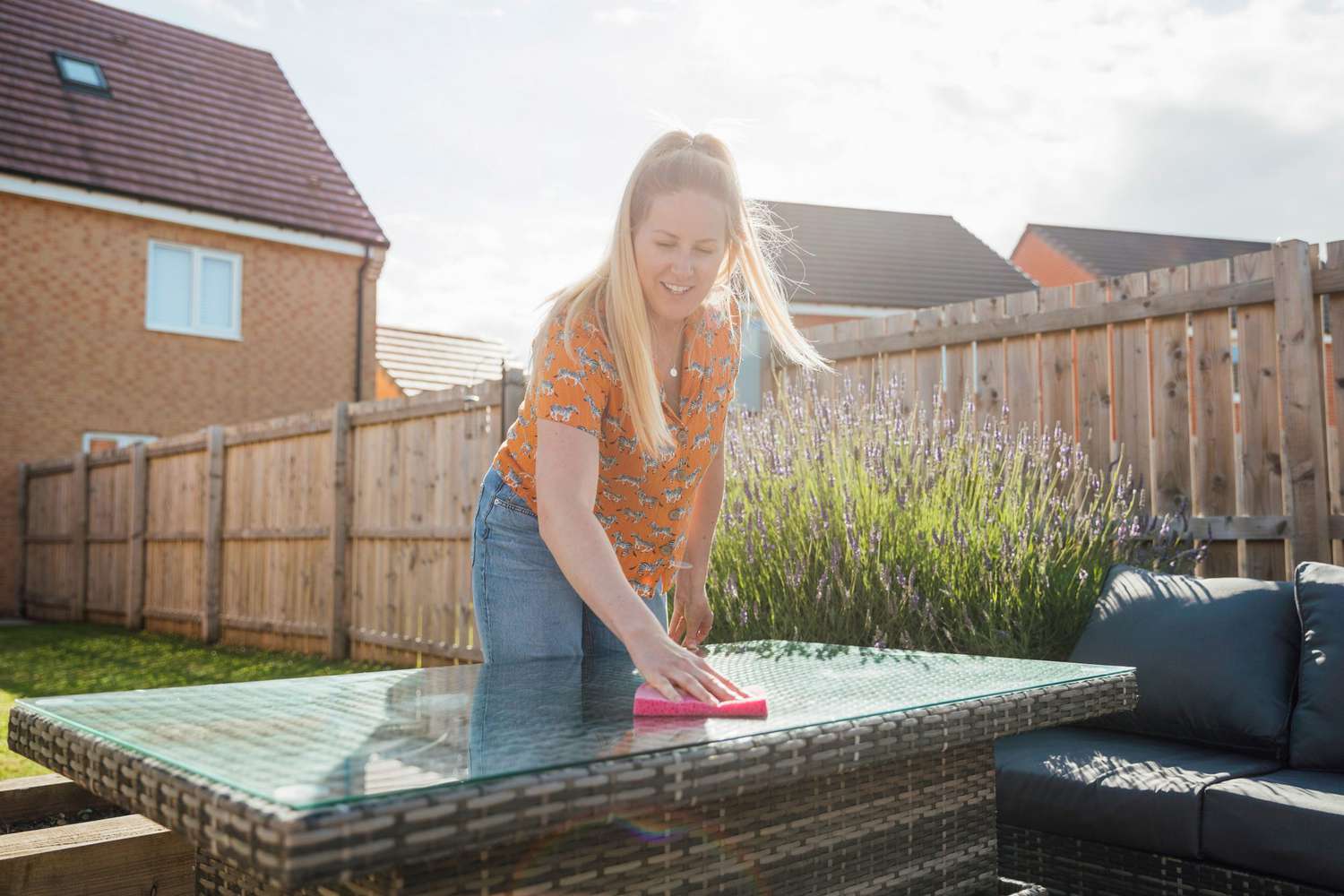

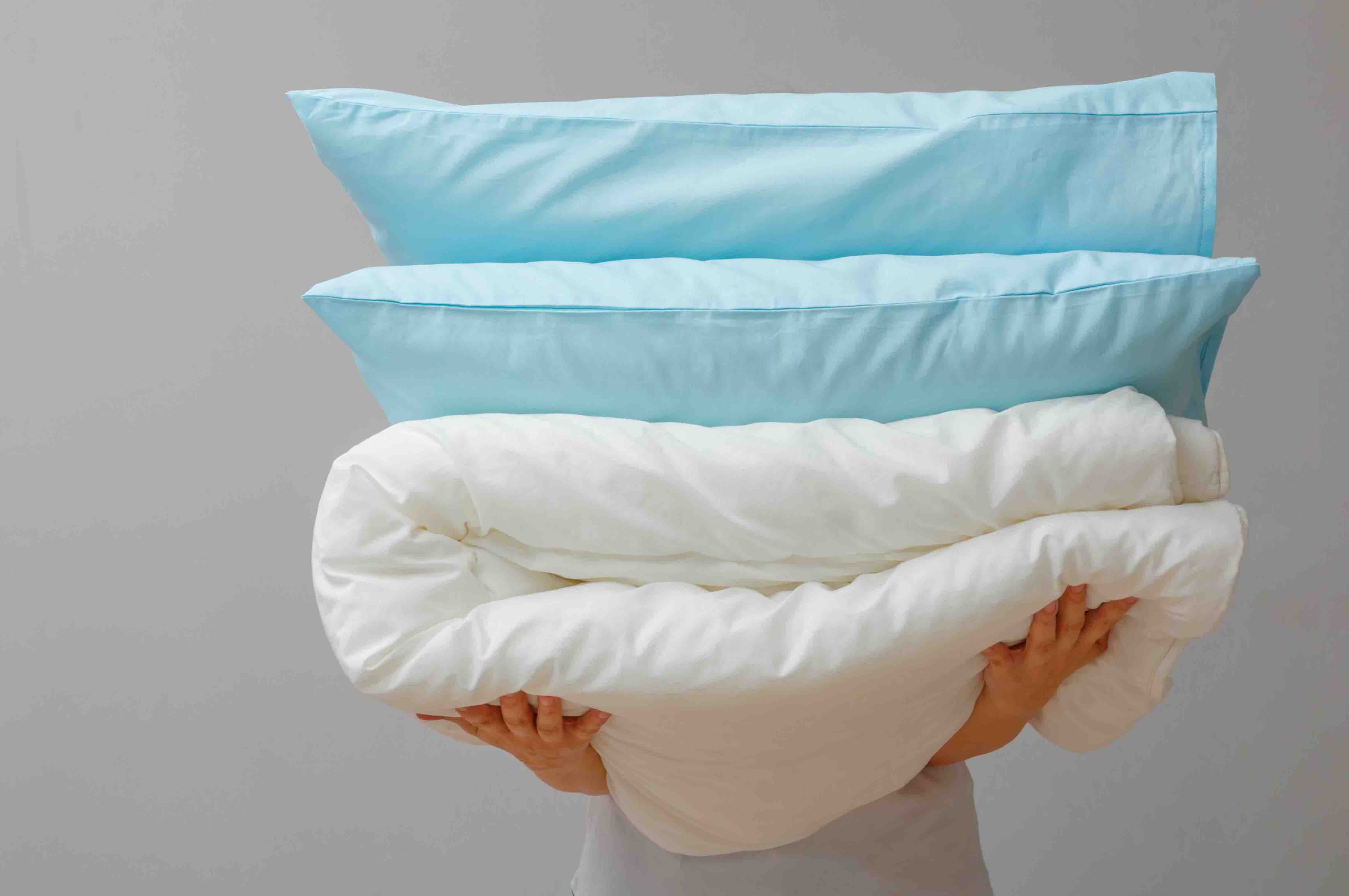



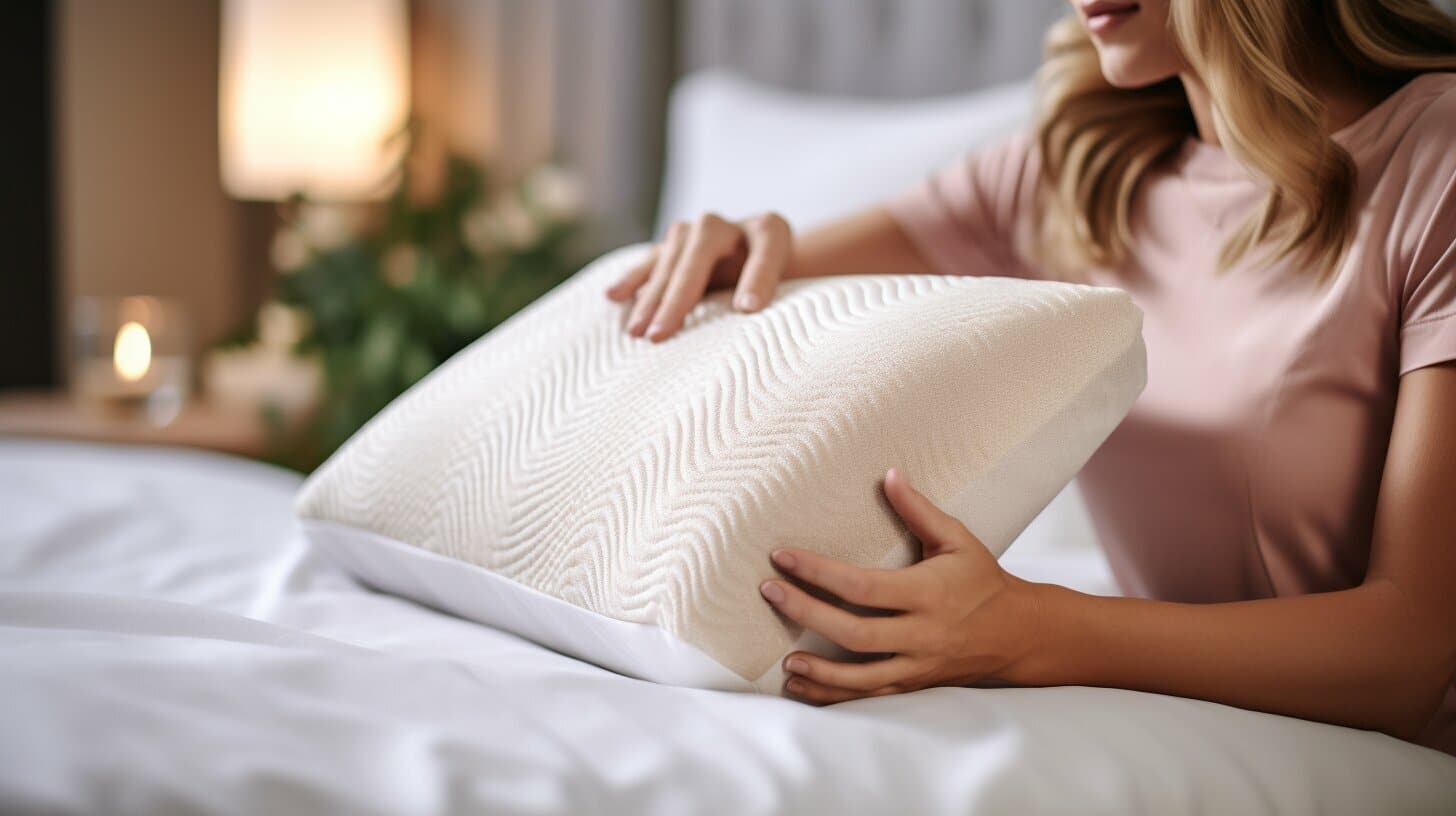
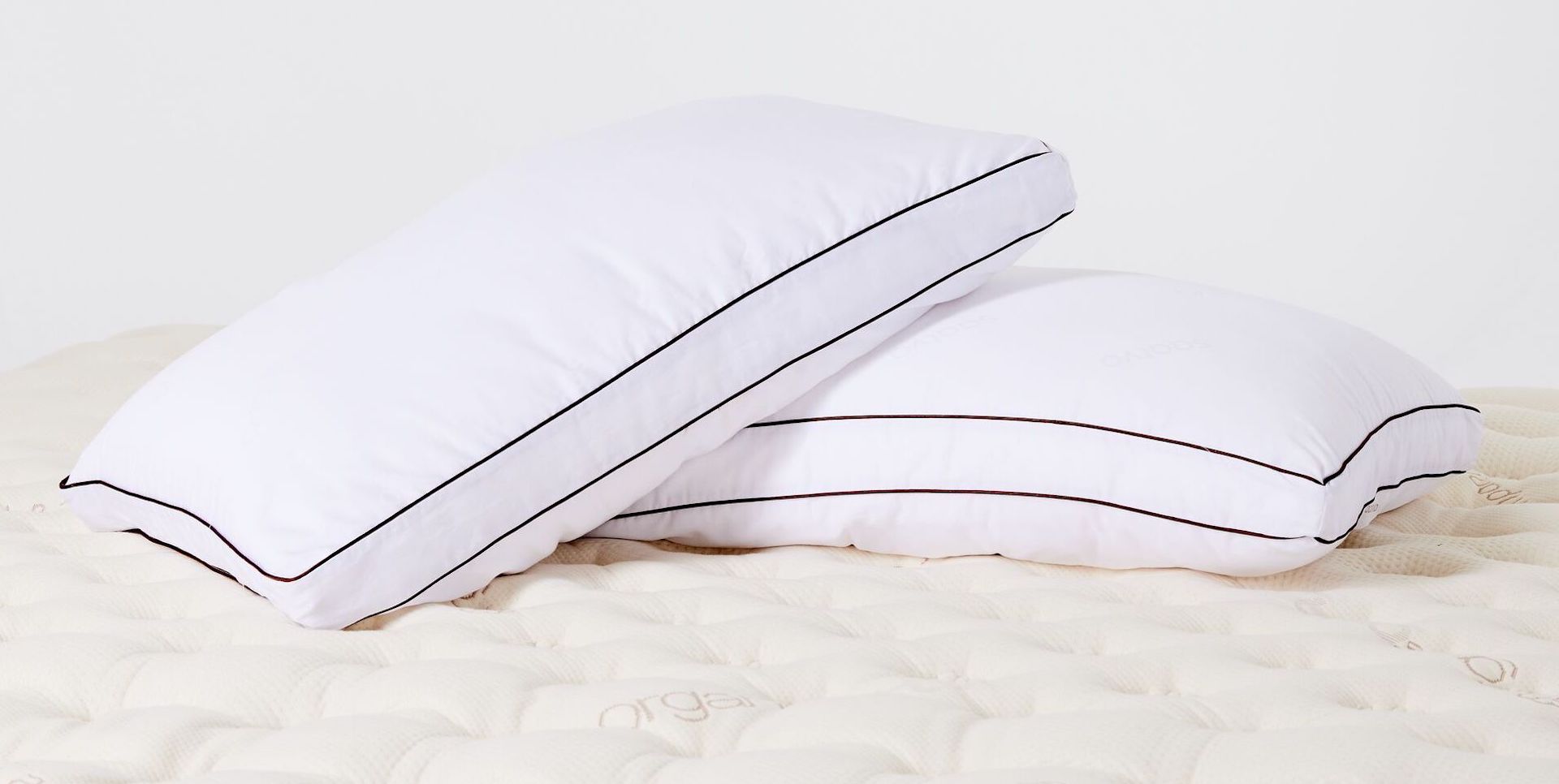
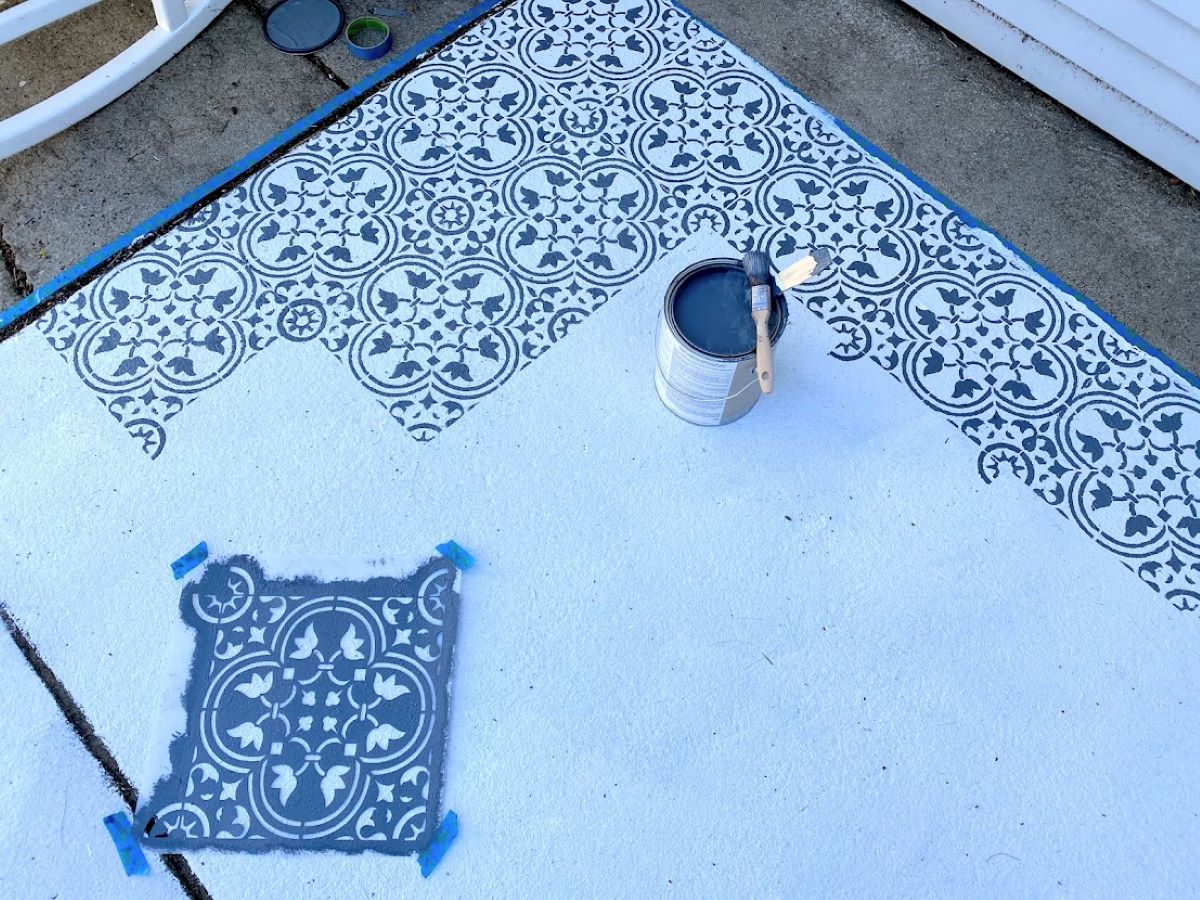

0 thoughts on “How To Refresh Pillows”